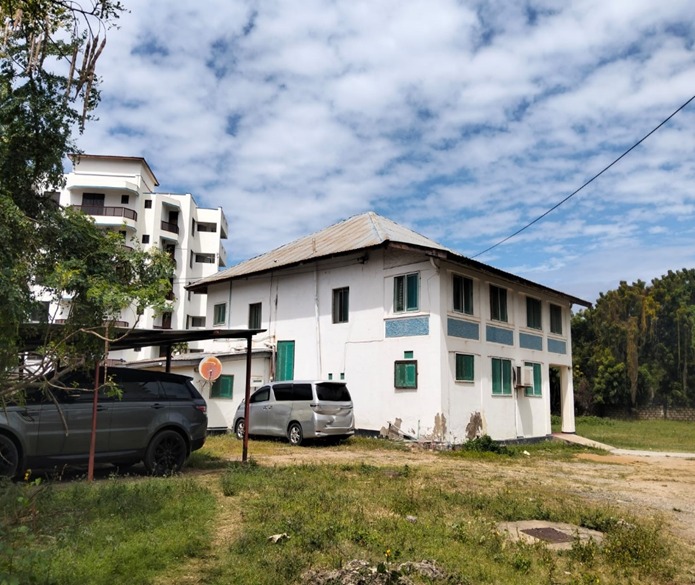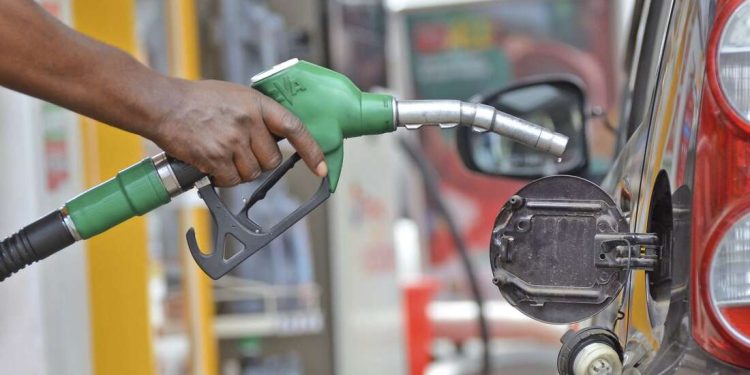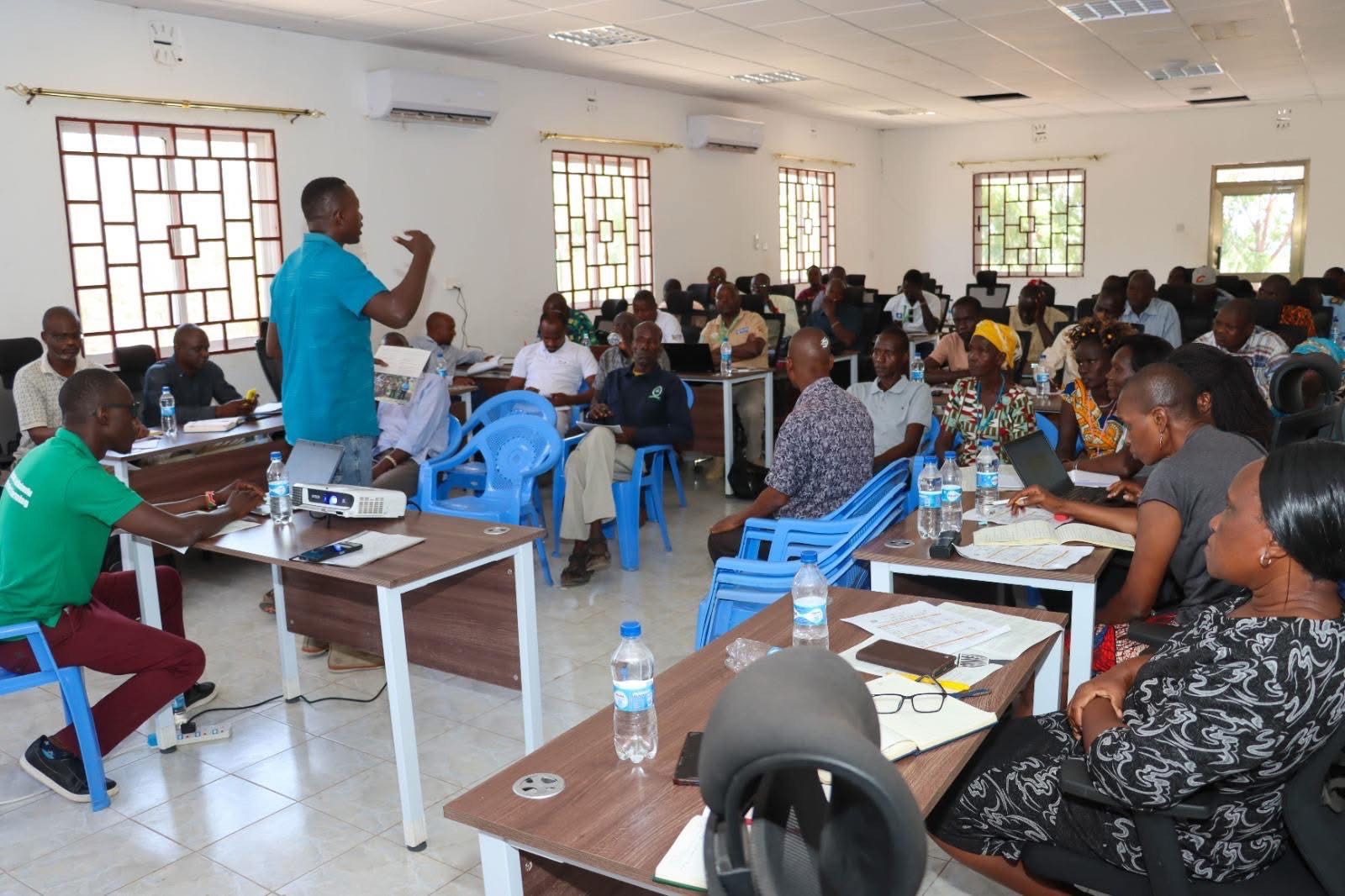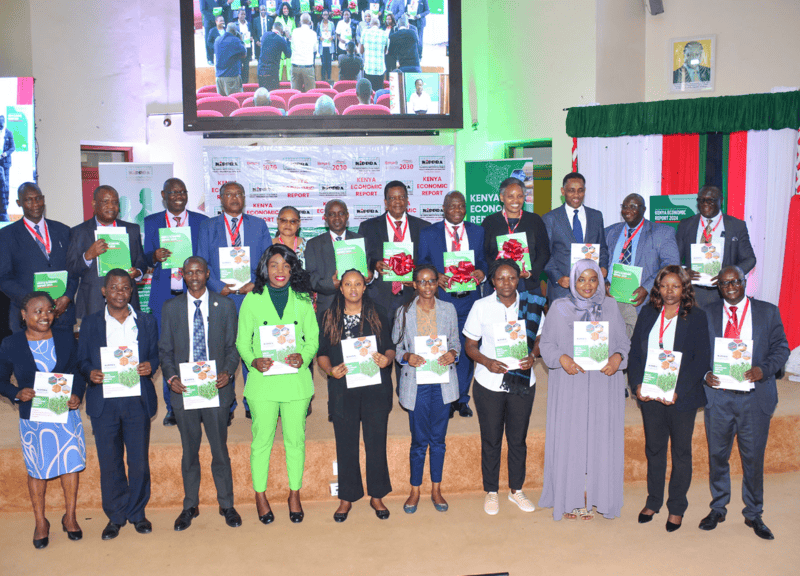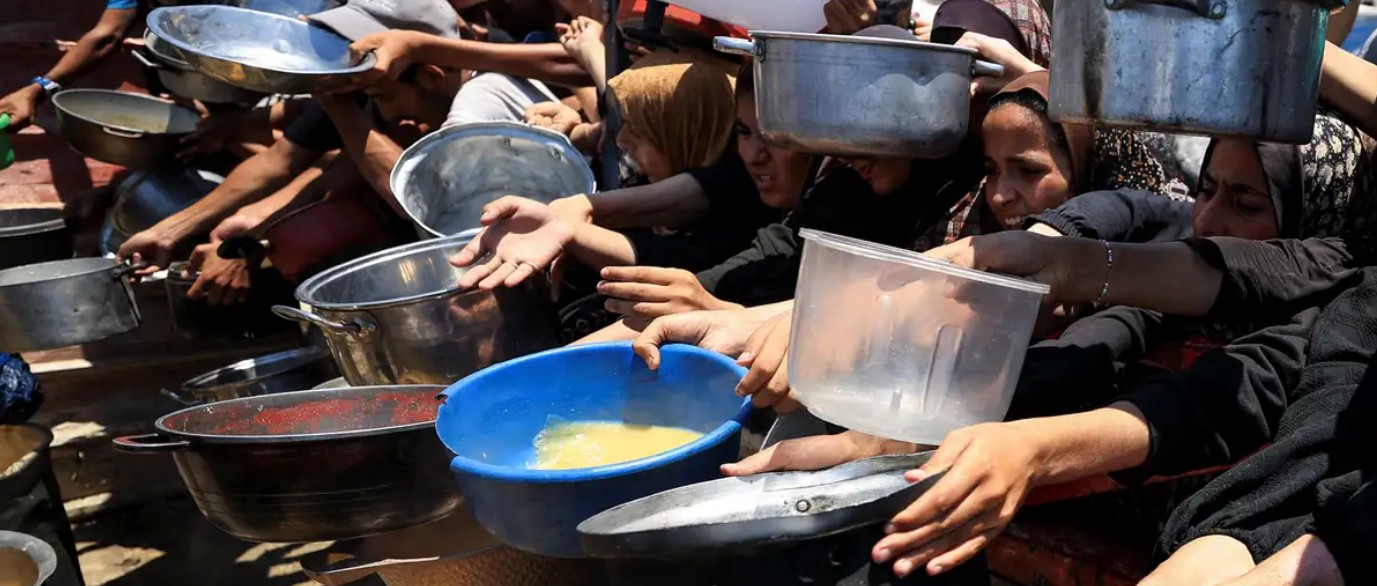Liver cancer deaths set to double by 2050 as alcohol drives Kenya’s crisis
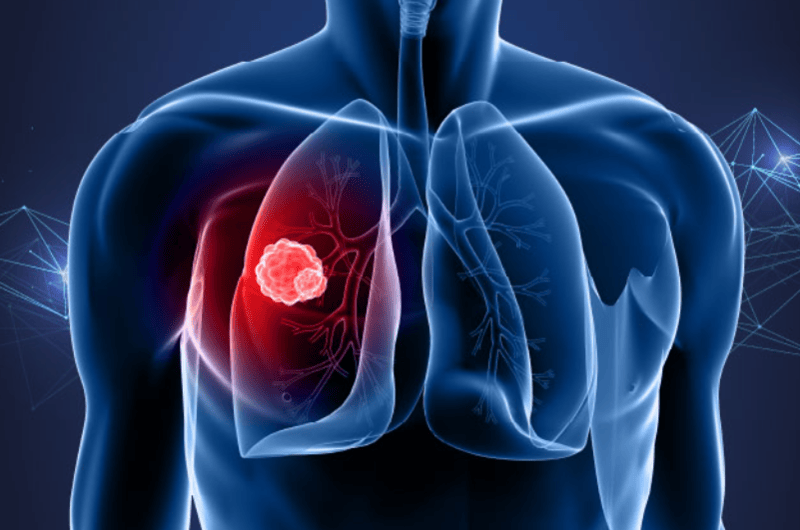
Currently, Africa reports just under 74,000 liver cancer cases annually, with projections indicating this number will exceed 181,000 by 2050. In Kenya alone, at least 2,237 people aged 15 to 85 are expected to die each year from liver cancer by mid-century, primarily due to rising alcohol use among young adults.
A new report by The Lancet Commission projects that liver cancer deaths will double by 2050, as rising alcohol consumption fuels an impending public health crisis.
In 2022, Kenya recorded 833 new liver cancer cases and 819 deaths, figures expected to rise significantly in the coming decades.
More To Read
- NACADA says no alcohol bans effected, clarifies new policy only offers recommendations
- Proposed alcohol and drug regulations not yet law, awaiting legal backing
- We’ll seize property linked to alcohol and drug crimes, declares CS Murkomen
- Ten places where alcohol sale is prohobited in NACADA's new proposals
- Government raises legal drinking age to 21 in new proposals
- Here are NACADA's new tough proposals to curb rising drug and substance abuse
Recently, the National Authority for the Campaign Against Alcohol and Drug Abuse (NACADA) proposed raising the legal drinking age to 21 and proposed other reforms aimed at curbing harmful drinking habits among young people.
Kenya is confronting a silent yet deadly public health crisis, with liver cancer rates increasing sharply, a trend experts largely attribute to escalating alcohol abuse. The Lancet Commission’s report highlights the urgent need to tackle preventable risk factors such as alcohol consumption, viral hepatitis and obesity to avert a looming epidemic.
Currently, Africa reports just under 74,000 liver cancer cases annually, with projections indicating this number will exceed 181,000 by 2050. In Kenya alone, at least 2,237 people aged 15 to 85 are expected to die each year from liver cancer by mid-century, primarily due to rising alcohol use among young adults.
Globally, liver cancer ranks as the sixth most common cancer and the third leading cause of cancer deaths. In 2022 alone, it caused over 758,000 deaths and was diagnosed in more than 866,000 individuals, with cases projected to nearly double by 2050 without decisive action.
Alarmingly, around 60 per cent of liver cancer cases worldwide are preventable, and a modest annual reduction of just 2 per cent in incidence could prevent up to 9 million new cases and save 8 million lives by 2050.
The disease disproportionately affects men around the age of 40, a demographic marked by heavy alcohol use and late diagnosis.
Supporting this, a southern African study of men over 40 who consumed more than 80 grams of alcohol daily (about six standard drinks) found a more than four-fold increased risk of hepatocellular carcinoma, even after accounting for hepatitis B infection and smoking. This highlights the independent carcinogenic effect of heavy drinking.
Heavy drinking
A comprehensive meta-analysis of multiple studies further demonstrates a clear dose-dependent relationship between alcohol intake and liver cancer risk. Relative risk increases progressively from around 1.08 at roughly one drink per day to more than five times the risk at very high levels of consumption. Moreover, heavy drinking interacts synergistically with hepatitis and diabetes, greatly amplifying the risk of liver cancer.
Another systematic review confirmed that consuming more than low levels of alcohol, defined as one or more drinks per day for women, or two or more per day for men, is associated with a 42 per cent higher risk of liver cancer incidence and a 17 per cent higher risk of death from the disease.
Globally, heavy and risky alcohol consumption accounts for roughly 20 per cent to 30 per cent of liver cancer cases. In 2020 alone, an estimated 4.1 per cent of all new cancer cases, including about 154,700 liver cancers, were attributed to alcohol.
These findings confirm that even moderate alcohol intake increases liver cancer risk, and heavy drinking significantly multiplies that risk, especially when combined with hepatitis or metabolic disorders.
In Kenya, where chronic hepatitis B and aflatoxin exposure already heighten the baseline risk, alcohol’s independent and combined effects make it a critical driver of the rising liver cancer burden.
The evidence calls for urgent policy interventions: stricter alcohol controls, widespread public education, and the integration of alcohol-related liver disease screening into national health strategies could save countless lives.
A recent survey of Kenyan university students found that over 87 per cent reported alcohol use, underscoring the need to curb early and heavy consumption.
In response, NACADA has proposed reforms including raising the legal drinking age from 18 to 21, banning under-21s from alcohol-selling venues, prohibiting online alcohol sales and discounts, restricting advertising such as celebrity endorsements, and introducing mandatory cancer warning labels on alcoholic beverages.
Experts stress that these measures, together with heightened awareness of metabolic liver diseases, driven by rising obesity and diabetes, are essential to halt Kenya’s growing liver cancer crisis.
Top Stories Today




